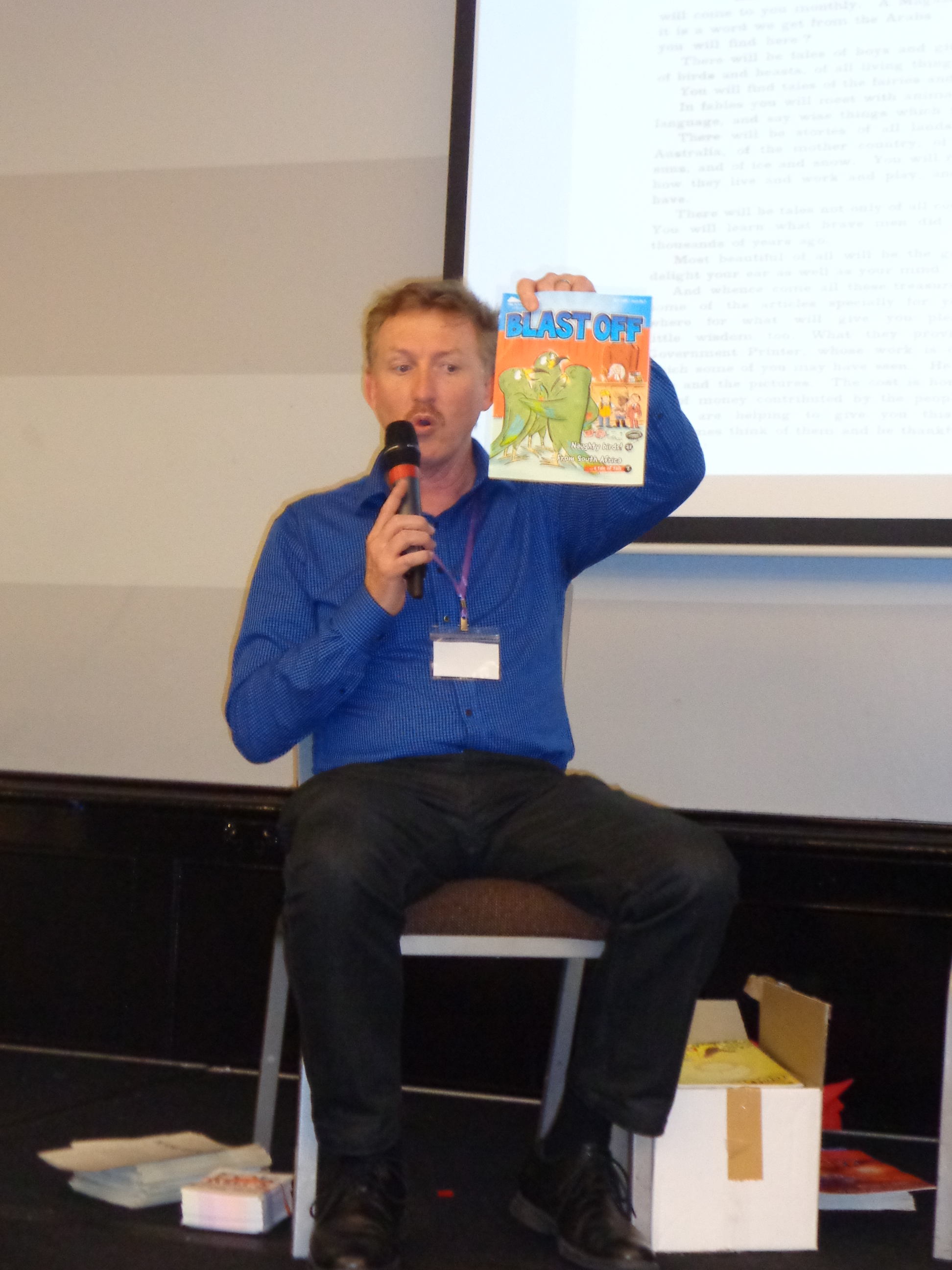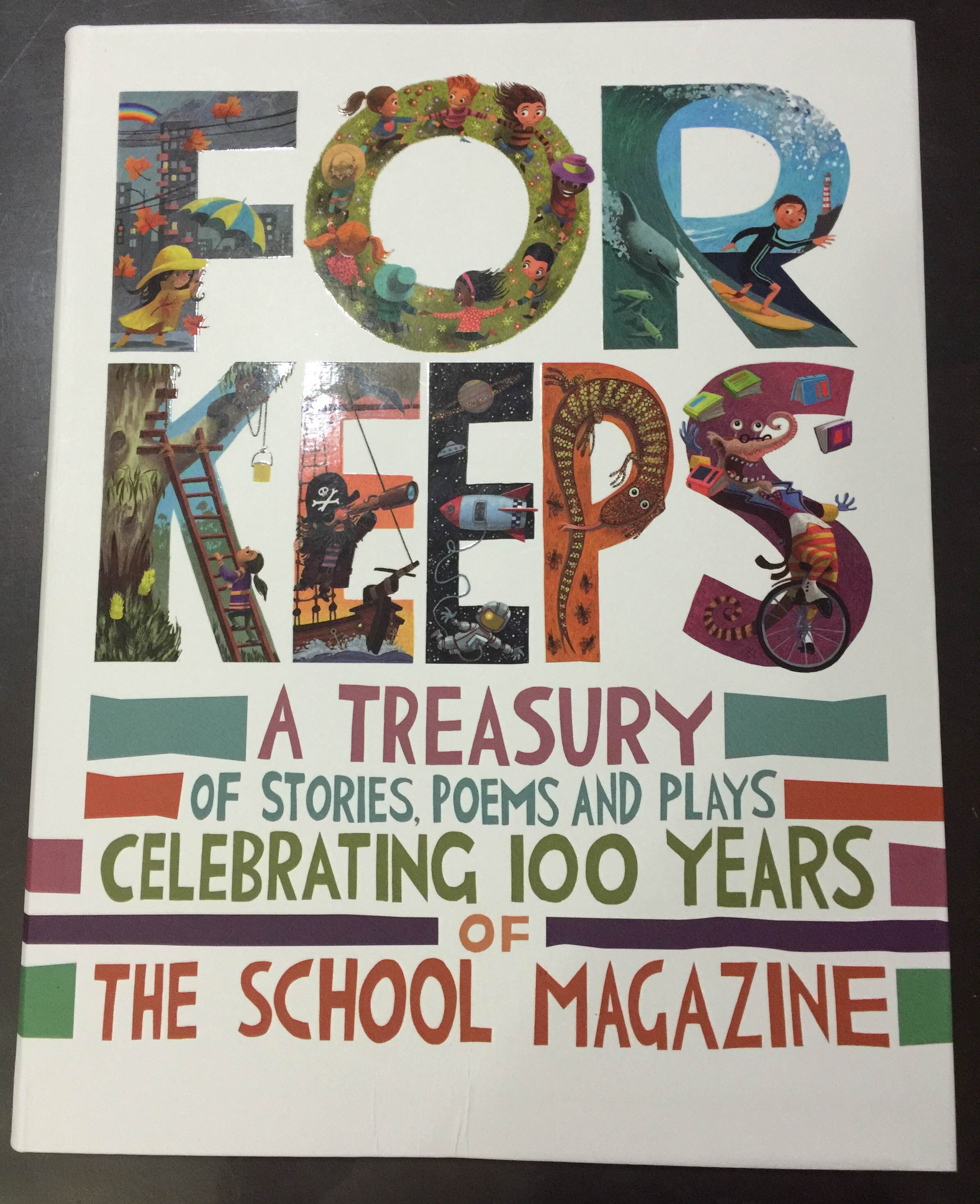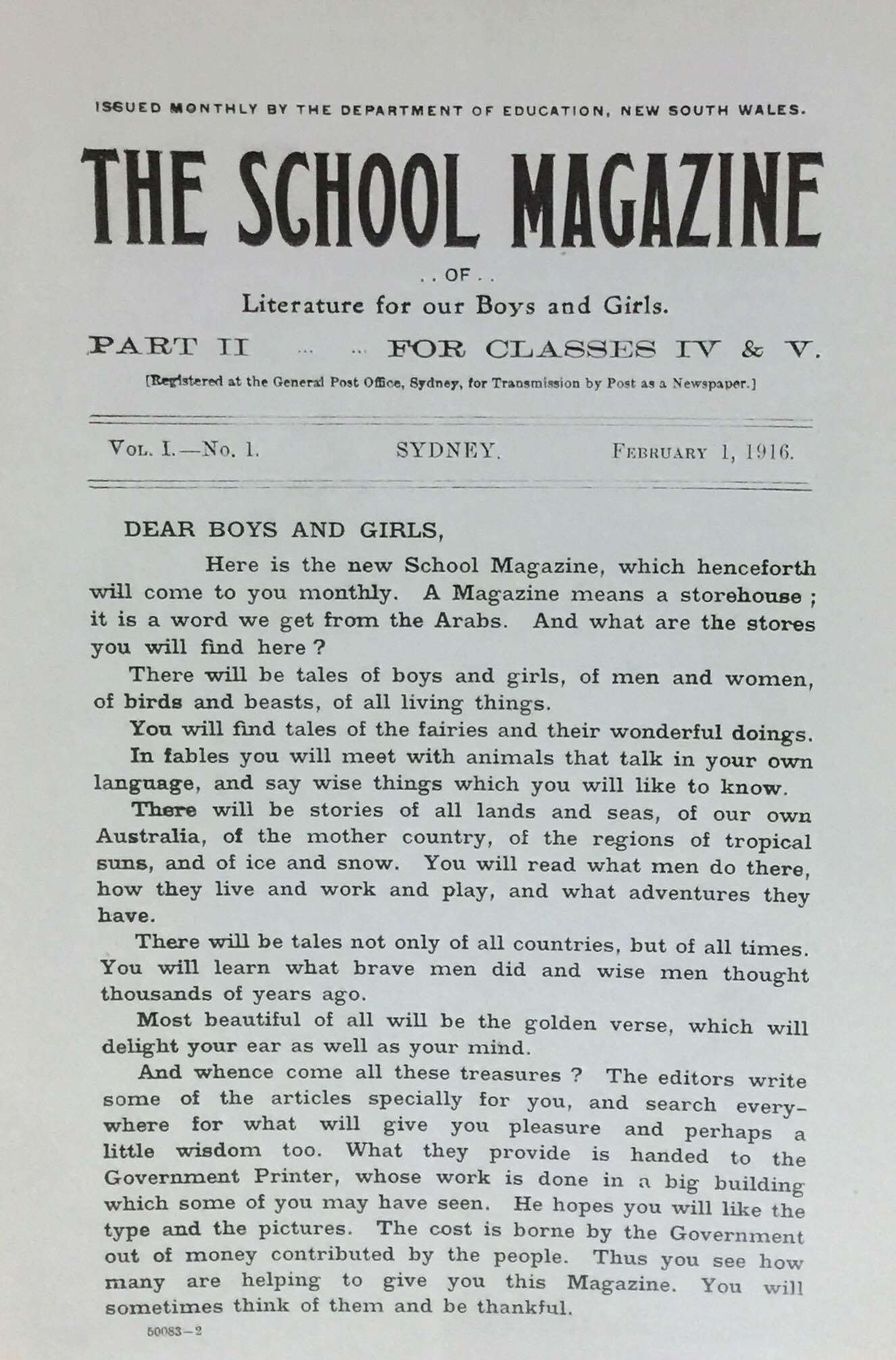One of the most popular elements of our SCBWI conferences is the Illustrator Showcase. A chance for members to show off their artwork to publishers from Australia and overseas. Our next conference is Feb 2019, so now is a great time to start thinking about Perfecting your Portfolio. With that in mind, we are re-posting the feedback and advice we gathered from art directors and publishers:
In the illustration world, you need to be seen to be hired. The Illustrator Showcase is an opportunity to get your work looked at and considered by a very impressive number of publishing professionals—including art directors, editors, publishers and agents.
During the Illustrator Showcase we make sure that publishers have every opportunity to view your portfolio, collect your postcards and business cards and revisit your work on the Showcase website. Publishers take away sheets filled with notes and fistfuls of business cards, so that's got to be good!
But the effectiveness of the Illustrator Showcase begins and ends with the quality and relevance of the work in your portfolio. In effect the Illustrator Showcase is a job interview. You wouldn’t go into a job interview wearing your gardening clothes and without preparing your resume, would you? So, the first step in this “job interview” process is to Perfect your Portfolio.
Perfect your Portfolio
Ideally, a portfolio should be refined to a “professional standard” before it's submitted to a publisher—whether that's through a slush pile or the Illustrator Showcase.
Now, please don’t confuse “professional standard” with “published”. We've had a number of illustrators offered contracts as a direct result of the Showcase—and many of them were previously unpublished. The difference is that they had something in their portfolios that grabbed the attention of a publishing professional.
The feedback we’ve had in the past is that on the whole publishers were very impressed by the high standard of the work, and seemed very excited about what they'd seen. We were also consistently told that the event itself was incredibly useful to them.
We gathered some general feedback about the standard of work through informal interviews with publishers during the Showcase. The points that were raised most were:
- In some portfolios there were lovely images, but they didn't show characterisation (character in different situation) or they didn't tell a story. It's vital to develop visual narratives and expressive characters if you want work illustrating children's books.
- Some people need to curate their work—don't include too many images, or poorer quality images mixed with more finished work.
- Some people looked like "one trick ponies" and needed to show more range, while others looked like "four people did the work"—so the take home message from this is probably to find a middle ground. Identify what you do well, find a consistent style that works for you, and then show a range of subjects and approaches within that style. One comment was that a portfolio should help an Art Director know what they'll get if they hire you, so some degree of consistency and coherence is good.
- Need to see new work—some portfolios had mostly old work that they had seen before.
Resources to Perfect your Portfolio
So we’ve established that we all need to cast a critical eye over our own work. This can be a daunting task but we’ve pulled together a few resources to help:
Join an On-line Critique Group—SCBWI Australia East & New Zealand offers free On-line Critique Groups. These include groups specifically for illustrators and should greatly help people from any location "get together" to give and receive the necessary preliminary feedback on their portfolios. As long as you are prepared to be an active participant in the critique group, you can join as many groups as you like.
Putting together a Prize Winning Portfolio
Molly Idle—SCBWI Member (and recent Caldecott winner!)—put together this excellent blog post about how she perfected her prize winning portfolio.
Molly writes:
“At the first SCBWI conference I attended in LA, 12 years ago, I was fortunate enough to sit in on a workshop with Dilys Evans—agent, founder of The Original Art Show, and author of Show and Tell: Exploring the Fine Art of Children's Book Illustration.
Dilys said that whenever she was considering representing someone, she would pick out both the strongest piece and the weakest piece in their portfolio, and she would take those pieces to a meeting of her staff. There, she'd hold up the best piece, which presumably would get "Oohs" and "Ahhs". Then, she would hold up the worst piece...
Now, when she said this—almost every person in that workshop cringed. I knew we were all thinking the same thing... "What would they say if she held up my weakest piece?"
I resolved then and there to take anything "cringe-inducing" out of my portfolio.
So, whether you're in it to win it—or just to placing your work out there to see and be seen—putting together a portfolio that is both professional and personal is essential.”
Mentee portfolio to Grand Prize Portfolio Winner
SCBWI Member Juana Martinez Neal tells how she improved her portfolio from a Mentee portfolio to a Grand Prize Portfolio winner.
Check out the Interview with Donna Rawlins and the brief for her Workshop. Both are insightful and give a glimpse into what an art director will be looking for when they view a portfolio.
Writing with Pictures by Uri Shulevitz
This is an oldie but a goodie. Make sure your illustrations “Tell a Story” and are appropriate for the Children’s publishing world.
Don’t Stop with your Portfolio
Your Illustrator Showcase “job interview” doesn’t stop with your professional portfolio. There are a few additional things you need to consider to polish off your presentation.
Business Cards—Have some.
Postcards—The feedback from the last Showcasewas that the publishers liked to have postcards to take away. Many publishers commented that they liked postcards that had a selection of images available— they were useful aids for remembering a specific image from the portfolio that excited them.
Created by SCBWI member Dana Carey, the Sub It Club “Postcard Post Archive” is a very useful overview on illustrator self-promotional postcards.
Dana writes:
“There are lots of companies online who will print your postcards. 4by6.com, Modern Postcard, Overnight Prints, moo… They all have specifications (templates, sizes, file formats) that you need to follow. Read carefully so you get the best result for your money.”
Website or Instagram account—If you don’t already have one then get one! Remember, you must be seen to be hired and a website is ideal for illustrators to showcase their work. The Illustrator Showcase is an excellent opportunity to get your website details directly into the hands of commissioning art directors, publishers and agents.
There are many online platforms to create you own website including Weebly, Squarespace, Wordpress and flickr.
Make it simple and easy to use. Consider things from the point of view of the busy publisher or art director. Do they want to wait while fancy animations or graphics load? Do they want layers of menus? No! They want to get in there, see what you have to offer, read a bit about you and (hopefully) contact you to offer you a commission! Don’t make them work for it.
Your website or Instagram represents you on a job interview. Make it professional and personal.
And finally, please remember that the Illustrator Showcase is a Showcase—
NOT a critique session!
The event is set up to be as pleasant and easy and welcoming for publishers as possible so that they'll be eager to attend—they're giving up their time to be there and we've been very careful to make it feel like a fun, social event for them.
Rest assured that each portfolio has been directly viewed by editors who are actively seeking new talent, their business cards and work samples have been eagerly collected, and they are now on the radar of Australia's leading publishing houses.
What each illustrator gets from the experience is the opportunity to have nearly 50 top publishing professionals cast a serious eye over their work! This is certainly not a minor perk—it's VERY hard to get publishers to view your portfolio if you're acting as an individual freelancer.
The Showcase isn't a vehicle for feedback or critiques. We will make other opportunities available at the Conference for Portfolio Critiques, but the Showcase is a separate experience. Participation in the Illustrator Showcase is a very real tangible investment in your illustration career but only you can make the decision if you want to invest your time and money to prepare and send your portfolio specifically for the exposure.
Good luck polishing those portfolios! We can’t wait to see what you come up with.











